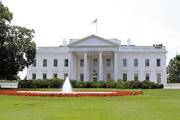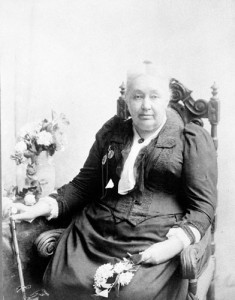The naval battle that started on this day in 1862 changed naval history worldwide.
After the Battle of Hampton Roads, Britain and France stopped construction of wood-hulled naval vessels and constructed warships with metal shielding. The heavy gun mounted to fire in all directions began popping up on warships around the world.
The battle fought on March 8-9, 1862 at Hampton Roads in Virginia was the most important naval battle of the Civil War. The Confederates attempted to break a Union blockade of Norfolk and Richmond with an innovative ironclad ram.
The ironclad CSS Virginia attacked the USS Cumberland off Newport News, Va., with its 1,500-pound iron ram. It smashed a hole in the Cumberland’s wooden hull, but dislodged its ram in the attack.
The Virginia then steamed toward the USS Congress, which purposely ran aground to avoid sinking. Unable to maneuver, the ship was hit by Confederate fire until the Virginia retired for the night.
Before morning, a new federal vessel slipped into the area. The USS Monitor, a strange new ship, took its place with the Union vessels. The next morning, the Virginia was, once again, ready to assault the Northern ships, but the ironclad USS Moniotr was bearing down on it with a large rotating gun turret.
The two new ironclad ships attacked each other for several hours, until the Monitor headed off for a safe port. The Virginia, short on ammunition, headed for Norfolk before low tide.
The next day, the Virginia was intercepted by the Monitor and the two fought for hours without a victory. The blockade was not broken.
The battle ended in a draw that impacted naval warfare around the word.



